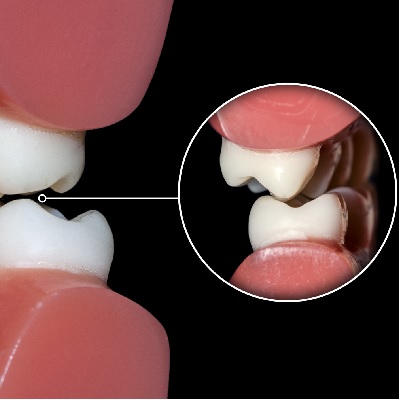P015 Understanding the Basic Concepts Of Occlusion

of verifiable CPD
This recorded webinar Looks at the impact of occlusion on restoration success and failure, and also the maintenance of the...
More Info Purchase CPDSpeaker:Dr Barry Glassman
For many years dentistry has been dominated by prevailing occlusal concepts that were initially presented in the 60’s by Ramjford and Ash. Despite the lack of evidence for the role of "interferences to centric" and “pterygoid spasms,” these concepts remain at the heart of our dental model. As a result, great confusion has led to the development of occlusal "camps” with belief systems dominating rather than science. This has led to controversy and the prevention of integration of critical muscle and joint concepts into general dentistry.
This course aims to outline the consequences of parafunction. The underlying causes of bruxism are discussed, and what distinguishes parafunction from forces of function is covered. How to arrive at an appropriate diagnosis leading to a conservative design, to control destructive forces is explained.
During this course learners will be able to:
After completing this course the learner will gain an understanding of:

of verifiable CPD
This recorded webinar Looks at the impact of occlusion on restoration success and failure, and also the maintenance of the...
More Info Purchase CPD
of verifiable CPD
This recorded webinar is aimed at igniting your enthusiasm and love for dentures, showing how we can change our patients&r...
More Info Purchase CPD
of verifiable CPD
Speaker Amin Aminian - This recorded webinar will discuss advanced concepts in occlusion with a brief overview of restorat...
More Info Purchase CPD